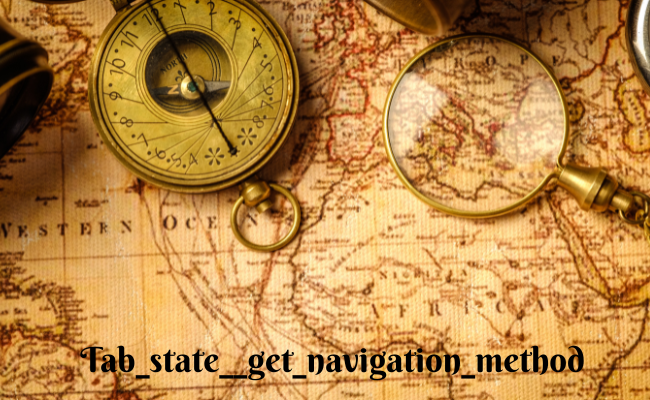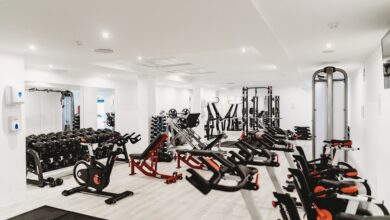Tab_state__get_navigation_method | Best guide

Tab_state__get_navigation_method: There’s a lot of confusion surrounding the use of the get_navigation_method filter in regards to tabbed content. This article will clear things up and provide an example of how it can be used.
This blog post is about the tab_state__get_navigation_method function in the Shopify API. This function allows you to get information about how a customer arrived at a given tab on your shop’s navigation. You can use this function to determine whether a customer arrived at a tab through a link on your shop’s home page, a link on another tab, or by typing the URL into their browser. This information can help you optimize your shop’s navigation to improve your customer’s experience.
Best Practices for One-Tab Navigation:
One-tab navigation has been shown to improve the user experience on a website by making it easier for users to navigate and find what they are looking for. In this article, we will discuss the best practices for implementing one-tab navigation on your website. Best Practices for One-Tab Navigation When designing your website’s one-tab navigation, keep the following best practices in mind:
- Keep it Simple The primary goal of one-tab navigation is to make it easier for users to find what they are looking for on your website. Therefore, keep your navigation bar simple and concise, and only include the most important links in it.
- Place the Menu Bar in an Easily Accessible Location Make sure that the menu bar is easily accessible, preferably in the top or left-hand corner of your website.
One-tab navigation, also known as single-tab navigation, is a design pattern that allows users to explore a website without having to click through multiple pages. When done correctly, one-tab navigation can make your website more user-friendly and help you achieve your business goals. In this article, we’ll discuss the best practices for implementing one-tab navigation on your website. We’ll also give you some tips on how to test and optimize your one-tab navigation for the best user experience.
API Overview:
An API, or application programming interface, is a set of protocols and rules that allow two applications to talk to each other. In the context of web development, an API allows a website to share its data with another application, such as a mobile app. An API can be used for a variety of purposes, such as: Sharing data between two applications Allowing users to log in to one application using their account information from another application Retrieving data from another application in order to display it on a web page Processing payments through an eCommerce store in this article, we’ll take a look at what APIs are, and some of the most popular APIs that are currently available.
Explore the Context and Hierarchy Available to One-Tab Navigation
One tab navigation is a hallmark of great design, as it provides a streamlined and intuitive user experience. With just a single click, users can access all the relevant information on a given page. There are many different ways to provide one-tab navigation, and each has its own benefits and drawbacks. In this article, we’ll explore the different context and hierarchy available to one-tab navigation, and we’ll look at some of the best ways to implement it. Contextual One-Tab Navigation The best way to provide one-tab navigation is to use contextual menus. Contextual menus are menus that change depending on the context in which they’re used. For example, a contextual menu might contain different options when it’s used in a text editor than when it’s used in a web browser.



